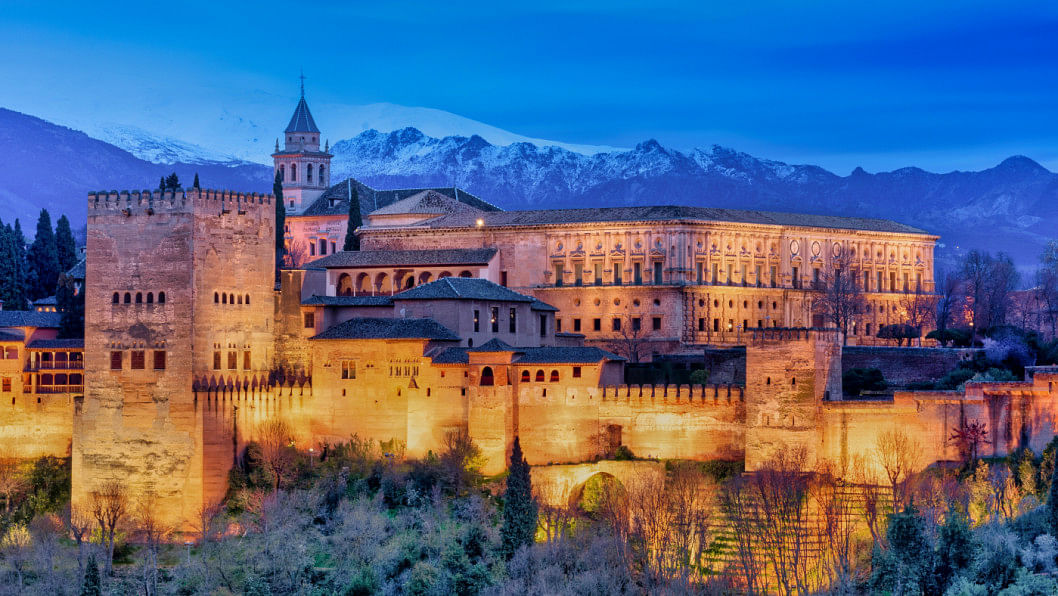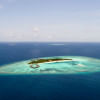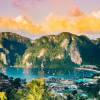7 most beautiful palaces in the world to visit

Palaces were built to house royalties, monarchs, and emperors just as much as their vying desire to compete against each other which led them to commission exquisite summer homes and second palaces. Beside the timeless architecture and artwork, these royal homes contained fabulous fountains and gorgeous gardens. All thanks to varying cultural, artistic, and historical value and differences these palaces are some of the most beautiful tourist attractions and museums around now. Since palaces went from being residences to royalties to project power and prestige of a nation.
Here are 7 most beautiful palaces around the world to visit.

Palace of Versailles, France
The Palace of Versailles started life as a mere hunting lodge for the young King Louis the XIII after his long day of foraging and hunting wild game. That was the year 1624 located in Versailles, 12 miles west of Paris, France.
It was comparably a comfortable country residence which according to Marechal de Bassompierre, "a mere gentleman would not have been overly proud of the construction". He soon turned it into a chateau in 1631-34. King Louis XIV expanded it massively in several phases and turned it into his official residence in 1682. Covering a total ground of 2,000 acres the "Estate of Versailles" became largely abandoned and emptied out by the end of the French Revolution.

Topkapi Palace Museum, Turkey
Also known locally as the Seraglio, the Topkapi Palace (now museum) is located in the Faith district of Istanbul. Following his conquest of Constantinople in 1459, Sultan Mehmed II commissioned the construction of Topkapi Palace on the banks of the Bosphorus Strait meeting the Marmara Sea. After the end of the Ottoman Empire in 1923, through a government decree, the palace was turned into a museum.
Despite the palace having four courtyards, a harem, outer gardens, an exceptional imperial gate and hundreds of room, only the most important parts of the palace are accessible to the public as of 2022 which includes the Imperial Harem. Some of the notable historical pieces at display in the museum are the Topkapi Dagger and Spoonmaker's Diamond besides many religious and significant relics, Ottoman clothing, etc.

Alhambra, Granada, Spain
This palace-and-fortress is considered one of the most famous monuments of Islamic architecture as well as one of the well-preserved palaces in the historic Islamic world. Begun by Muhammad I Ibn al-Ahmar, the first Nasrid emir in 1238 and somewhat finished during the 14th century under the reigns of Yusuf I and Muhammad V.
Alhambra is where Christopher Columbus received his royal endorsement for his expedition to discover America, during the time it was occupied by the Royal Court of Ferdinand and Isabella. Alhambra is distinct among its peers as a medieval structure due to its sophisticated planning and complex yet stunning decorative programs which made it one of the finest palaces to visit in present time.

Schönbrunn Palace, Austria
It was the main summer residence of the Habsburg ruler, located in Hietzing, Vienna. The name, Schönbrunn meaning 'beautiful spring' came from the artesian well inside of the palace. The 1,441 room Baroque style palace comparable in grandeur to Versailles, has been one of the major tourist attractions since the mid-1950's in Vienna.
Built in the 17th century, the history of the palace and it vast gardens spans over 300 years reflecting the changes in taste, interests and desires of the successors of the Habsburg monarchs. The Schönbrunn Palace is well known throughout Europe for being selected as the main motif of a high value commemorative coin, which shows the central part of the frontage of the palace behind one of its many great fountains in the open space.

Mysore Palace, India
Also known as the Amba Vilas Palace, used to be the royal home of the officials of the Wadiyar dynasty and the seat of the Kingdom of Mysore. Located in the 'City of Palaces', Mysore, Karnataka, Mysore Palace specifically refers to the one inside the fort. Adi Yaduraya, the first raja of the Kingdom of Mysore built the first palace inside the old fort in the 14th century, which was later set ablaze during a wedding in 1896 and reconstructed multiple times.
The royals of that time appointed the British architect Henry Irwin to build a new palace and it was completed in 1912. Further construction was done to the palace in 1930 to build the present Public Durbar Hall wing. Famous for dominating the Mysore skyline with its three storied Indo-Saracenic style palace, Mysore Palace still remains one of the most visited tourist attraction in India right after the Taj Mahal.

Royal Palace of Madrid, Spain
With 3,418 rooms across 135,000 square metres of floor space, the Royal Palace of Madrid takes the title of 'largest European palace by floor area'. The Royal Palace of Madrid is the official residence of the Spanish royal family, which now is open to public unless during the time of state functions and ceremonies.
The interior of the palace is exceptionally astounding given some of the paintings in its halls and rooms are done by artists such as Caravaggio, De Goya, and Velazquez. Other collections of expensive and rare silverware, porcelain sets and the world's only complete Stradivarius string quintet. The palace initially being built by Muhammad I, Umayyad emir of Cordoba between 860-880, construction and reconstructions being done on it as far as the 20th century after the Spanish Civil War.

Potala Palace, China
The Potala Palace is in Lhasa of Tibet Autonomous Region under China. This dzong fortress is perched atop the Marpo Ri Hill, 130 metre above the Lhasa Valley. The palace named after the Mount Potalaka was first started in the year 1645 by the 5th Dalai Lama after the death of one of his spiritual advisors who suggested the site ideal for governmental seat. The building measures 400 metres in the direction east-west and 350 metres in the direction of north-south. With sloping stone walls averaging five metres thick at the base and three metres at the top with the foundation covered in poured copper to help it fight against earthquakes.
Thirteen storeys of buildings, containing over 1,000 rooms, 10,000 shrines, 200,000 statues and soaring 300 metres above the valley floor this palace was the home to many Dalai Lamas and now remains as a burial ground to a few of them. It is open to public to offer prayers and show respect.

 For all latest news, follow The Daily Star's Google News channel.
For all latest news, follow The Daily Star's Google News channel. 










Comments